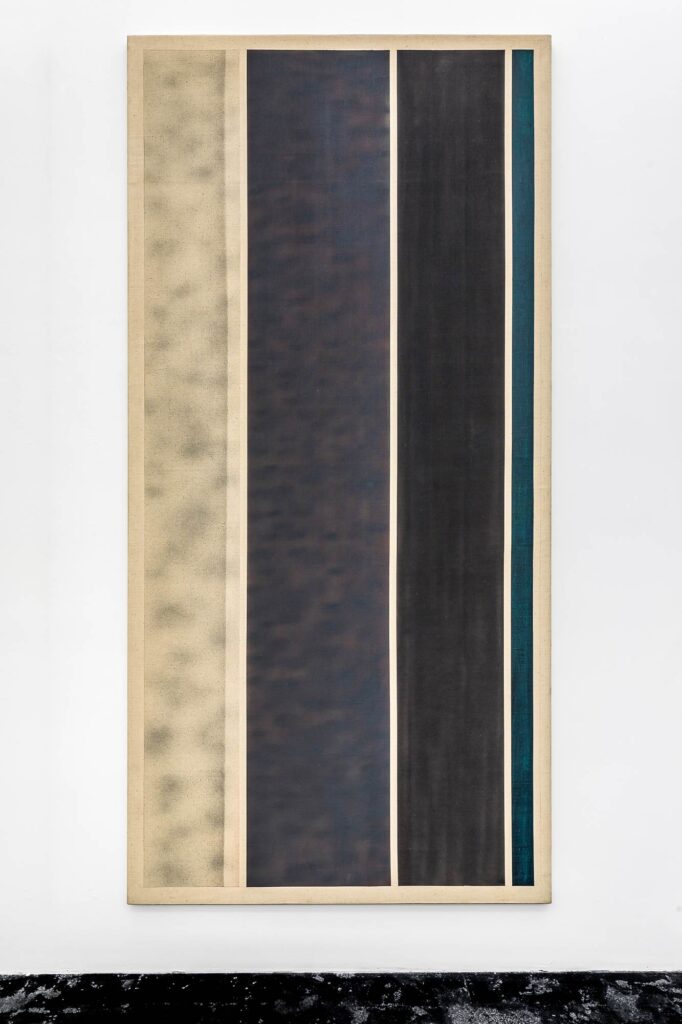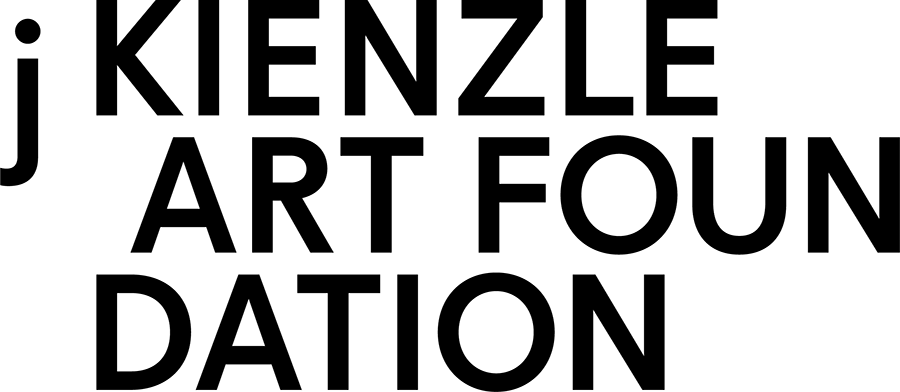Archive Kienzle & Gmeiner Gallery (1997-2010)
François Joseph Chabrillat
June 1 - September 21, 2002
Today the authenticity and aura of a work of art are certified by catalogues, art books, and magazines – the prevailing forms through which art is perceived and accessed.
This insight is one on which Francois Joseph Chabrillat has based his entire work as an artist and whose implications he has been exploring for the past fifteen years. Born in 1960 in Clermont-Ferrand, Chabrillat studied art in his hometown and was among the first recipients of a Solitude grant in Baden-Wurttemberg in 1990-91. After almost ten years in Stuttgart, he returned to Clermont-Ferrand, where he lives today.
Using a printing technique he developed himself, Chabrillat has spent the past fifteen years working continuously on a single project: a critique of contemporary art. In interpreting images of art objects and situations, Chabrillat asserts a new perspective. His series of prints are not simply copies; rather, he provides an interpretation, introducing an element of distortion to the objects and images he quotes and reproduces, and thus subverting the categories of conceptual art. In this way, the text both embellishes and expands the motif.
Chabrillat takes the traditional emblem as his model. In the Winnetou series, he uses Karl May’s fictional hero to represent the ideal of art and the way in which it is practiced – an allegory that runs through all 36 prints in the series.
The art world is represented as the Wild West, with each “inhabitant” of this world taking up a clearly-defined position. In the emblematic tradition, Chabrillat shifts between the various poles of satire, criticism, polemics, interpretation, and veneration.
Chabrillat’s approach presupposes an audience familiar enough with the art scene to appreciate the intellect and wit underlying his enigmatic allusions (freely translated from a quote by J. B. Joly).
The audience is confronted with an obvious dilemma: The strict reference to conceptual and contextual positions seems to contradict the traditional methods used in producing the prints. In drawing on such ultimately unspectacular craftsmanship and traditions, the artist causes irritation and challenges the expectations of viewers conditioned to expect fashionable media displays. Yet in Chabrillat’s work, it becomes patently clear what distinguishes Pop Art, Minimal Art, conceptual art, and all the myriad other kinds of art produced since from those assemblages of images, texts, and objects generated by the media world: the metaphorical reference to the tradition of art.









